Isabelle
Forum Replies Created
-
IsabelleParticipantHi Denise, wonderful photo. Thank you for sharing your instagram account. I am now following you :) I have one too that I started many months ago. I am @oiseaulune_in reply to: Practice Matching Your Gear to Your Goals #720034
-
IsabelleParticipantSuper sharp and beautiful photo! And lovely little baby bird. Is it a wren?in reply to: Practice Matching Your Gear to Your Goals #720033
-
IsabelleParticipantAwesome photos. I had a similar experience with Red-shouldered Hawks. It is very thrilling to see them eat their prey so close by.Mine was eating a squirrel and he let me take photos and movie for about 20m minutes! I am glad you witness that scene and shared your photos.in reply to: Practice Understanding Birds for Better Photos #720026
-
IsabelleParticipantHe is sooo cute, love the photo. We have Oak Titmice here in California, they are very similar except that they are entirely grey.in reply to: Practice Understanding Birds for Better Photos #720025
-
IsabelleParticipantEnjoy reading your research! Very interesting.in reply to: Practice Understanding Birds for Better Photos #720024
-
IsabelleParticipantBeautiful capture!in reply to: Practice Understanding Birds for Better Photos #719788
-
IsabelleParticipantThanks Carole for the great story. I love your photos, especially the Nankeen Night-Heron, it is very peaceful.in reply to: Practice Gaining an Audience with Birds #719787
-
IsabelleParticipant
@Carole Thank you Carole, glad you enjoyed it:)
in reply to: Practice Gaining an Audience with Birds #719786 -
IsabelleParticipant
@Elizabeth Thank you Elizabeth!
in reply to: Practice Gaining an Audience with Birds #719626 -
IsabelleParticipantLike you, I am not always super happy with the sharpness of my photos (I only shoot handheld for now). After reading Melissa's lesson on settings yesterday I changed two settings and today I found that my photos were much sharper. As a default setting I had center-weighted metering - Melissa has evaluative also called matrix metering. As a default I had group focus - Melissa has single-point focus. I made both changes and I am super happy with the result.in reply to: Practice Matching Your Gear to Your Goals #719620
-
IsabelleParticipantExcellent photos! Your explanation is really interesting. I'd love to see a frogmouth, I found them fascinating as they can blend in the tree trunks. The two other birds are beautiful too.in reply to: Practice Crafting Great Bird Photos #719618
-
IsabelleParticipantBeautiful!in reply to: Practice Crafting Great Bird Photos #719617
-
IsabelleParticipantVery interesting. I think I prefer the second picture, even if the bird is smaller my eyes tend to follow the branch and land more easily on the bird. Well done!in reply to: Practice Crafting Great Bird Photos #719616
-
IsabelleParticipantWow! The colors (and the bird) are beautiful!in reply to: Practice Crafting Great Bird Photos #719615
-
IsabelleParticipantHere is the same backlit photo of the juvenile western bluebird against a darker background. On the last two photos with the black phoebes (there is a juvenile and its mom). I tried to work on the composition and and trying (rule of 1/3.)


 in reply to: Practice Crafting Great Bird Photos #719614
in reply to: Practice Crafting Great Bird Photos #719614 -
IsabelleParticipantI went to my local public park to experiment with what Melissa taught in this lesson. I first put all the settings Melissa recommended on my camera and then tried to find birds and photograph them in different light, and background, paying particular attention to the fact that their eye was lit and there was nothing in the background. I decided to go full manual and see what I could come up with. I was very pleased with the results and I can't wait to experiment again. Here are 3 views of the same juvenile western bluebird - front light, side light and back light (same background - blue sky).


 in reply to: Practice Crafting Great Bird Photos #719613
in reply to: Practice Crafting Great Bird Photos #719613 -
IsabelleParticipant
@Karen Beautiful photos!
in reply to: Practice Gaining an Audience with Birds #719478 -
IsabelleParticipantThis morning I went to my favorite regional park, in North California, it has lots of little lakes, ponds and arroyos connecting them. It is the perfect habitat to give shelter to a lot of bird species. I found a green heron on a branch sticking out of the water, turning its back to me. I tried to practice a careful, silent approach as Melissa explained, getting closer each time his attention was distracted (by a plane passing or a dog barking). When I was close enough to have a decent shot with my 400 lens, I decided to crouch down and wait. I expected to stay here quite a long time (green herons can keep very still for ages but when they but strike all of a sudden, they can be very fast). My camera settings were ready. I will share below some photos of what I saw. The first is when I arrived. In the second, he noticed something in the water and elongated its neck slowly (it always surprise me how long it can get). After coming back to his waiting position for a while he suddenly jumped in the water to fish, turned around as fast as he had jumped and landed back on the log. I press the shutter trying to keep my focus and got some very interesting shots. I am glad I stopped and spent time with this amazing bird.


 in reply to: Practice Gaining an Audience with Birds #719459
in reply to: Practice Gaining an Audience with Birds #719459 -
IsabelleParticipantI am also very interested in learning techniques to photograph birds in flight. I found that the bigger (and slower) the bird is the easier it is. I take all my photograph handheld (I have a 100/400 lens so it is easier to hold than a 600). I follow the bird with my lens and tries to lock the focus. Then I take several shot in bursts. I use a high shutter speed (1000 at least). For smaller birds like hummingbirds, I try to focus on them when they are at the feeder or feeding in a flower. I find it challenging. I heard somewhere that it was easier to photograph white birds in flight because of the contrast. Also I keep my lens on off mode for OIS, it speeds up the focus. I hope this course will teach us some techniques. Would love to read what others do too.


 in reply to: Practice Matching Your Gear to Your Goals #719449
in reply to: Practice Matching Your Gear to Your Goals #719449 -
IsabelleParticipant
@Betty


 Hi Betsy. Here is a little sequence for you. The feeding lasted about 15 seconds and the dad gave a little bit of mushy seeds to the juvenile about 7 times. Looking closely at my photos and then doing more research it seems that he regurgitates in between. in reply to: Practice Understanding Birds for Better Photos #719446
Hi Betsy. Here is a little sequence for you. The feeding lasted about 15 seconds and the dad gave a little bit of mushy seeds to the juvenile about 7 times. Looking closely at my photos and then doing more research it seems that he regurgitates in between. in reply to: Practice Understanding Birds for Better Photos #719446
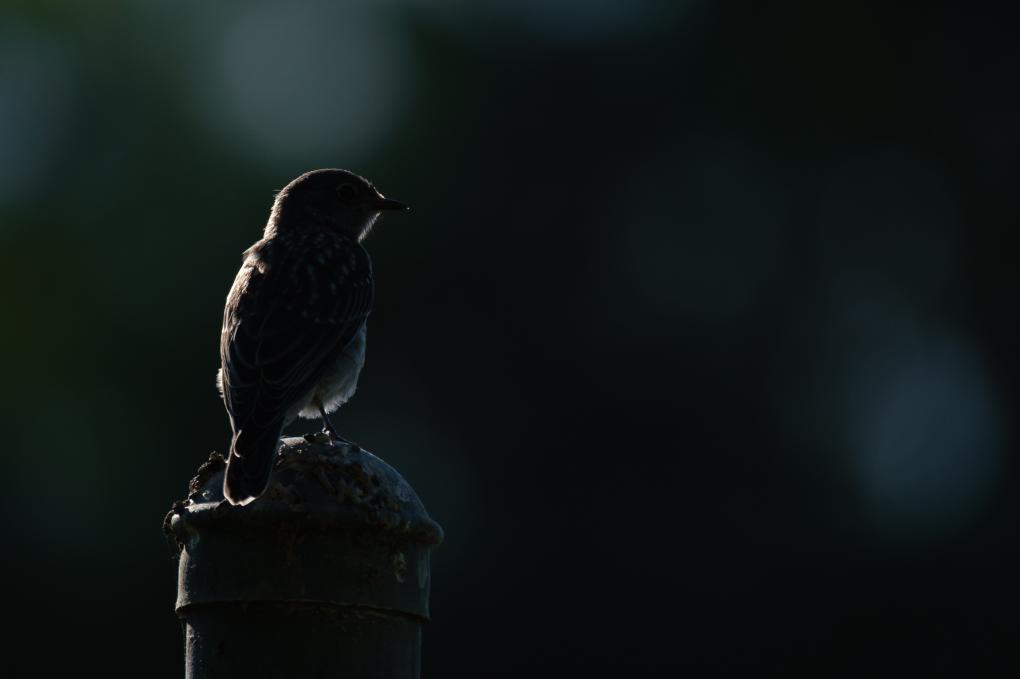
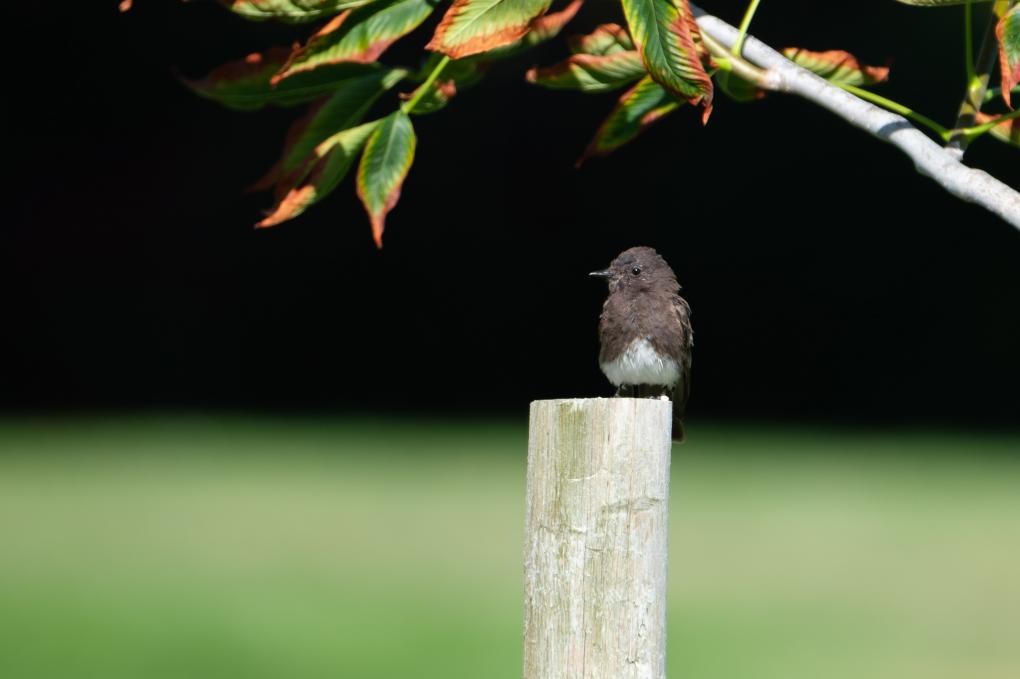


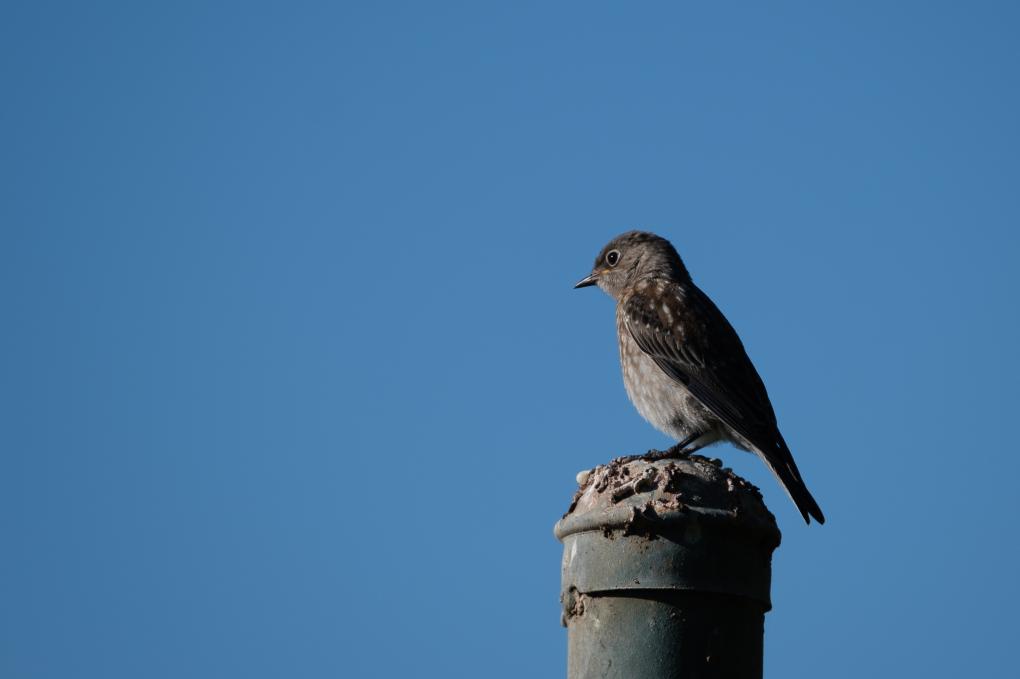
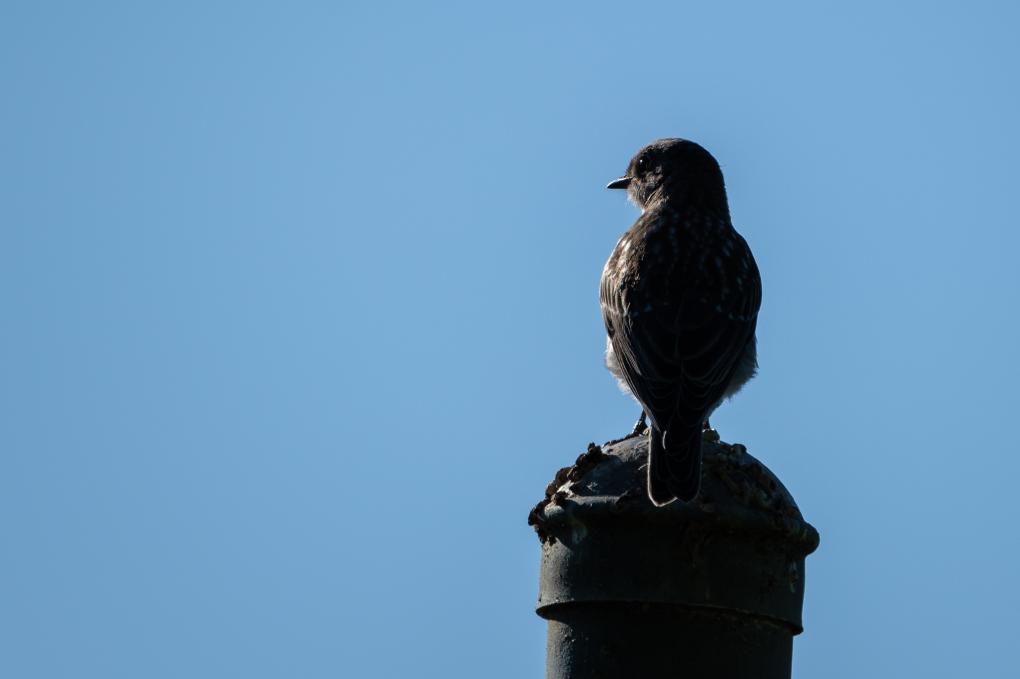


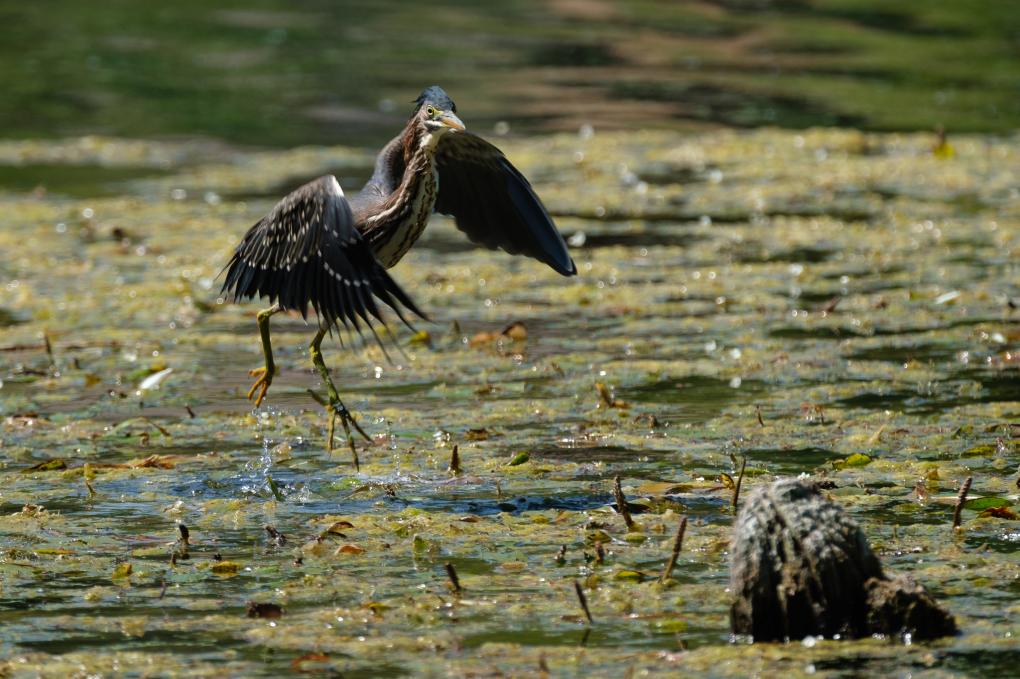
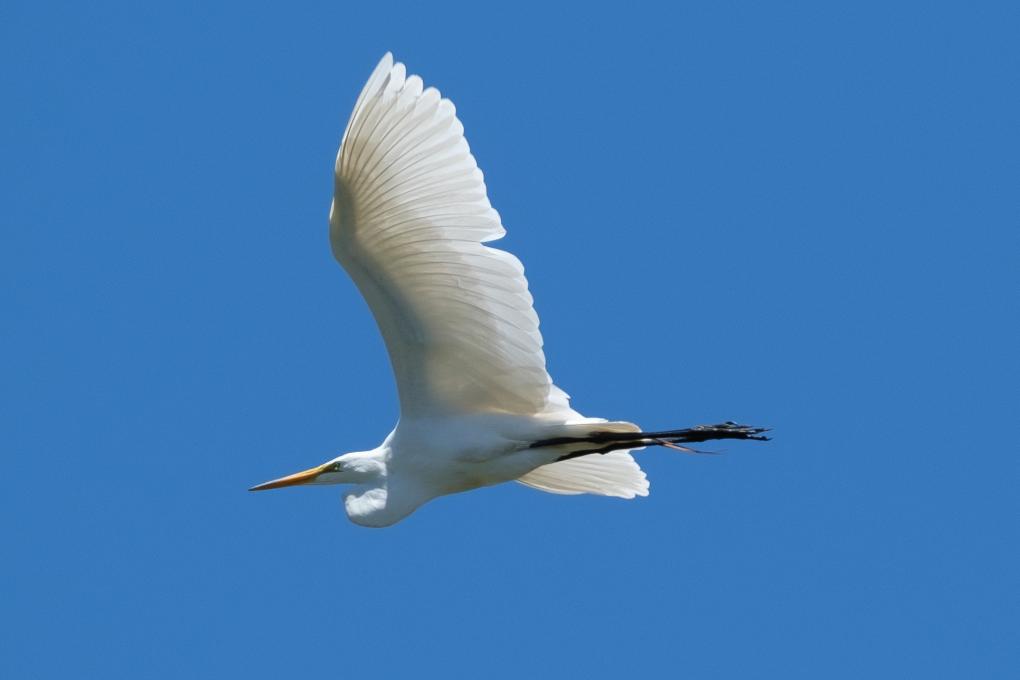
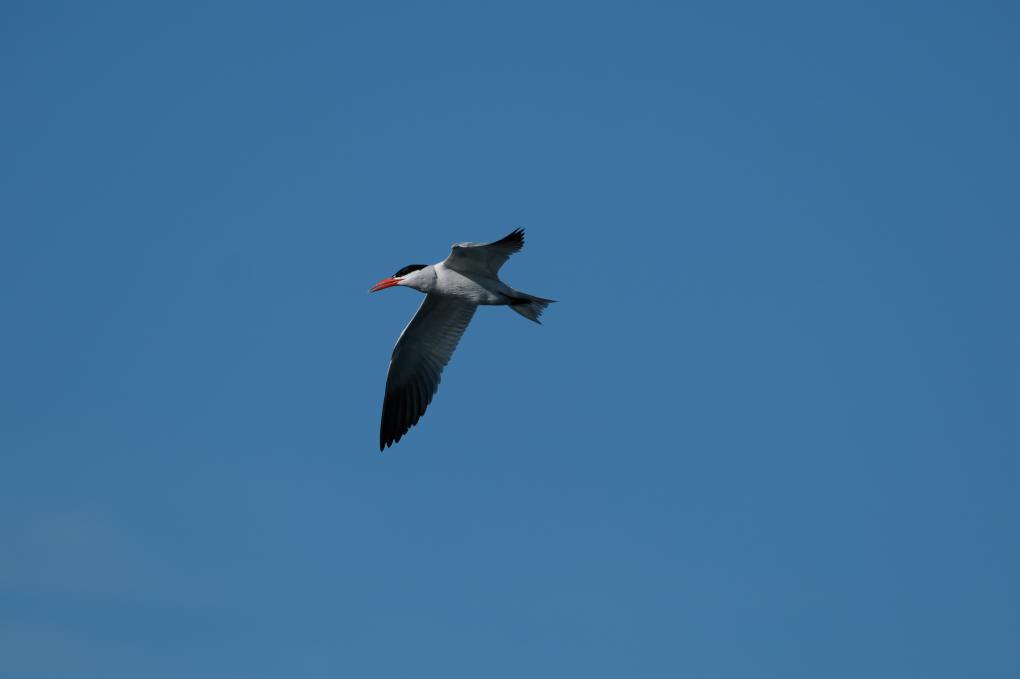
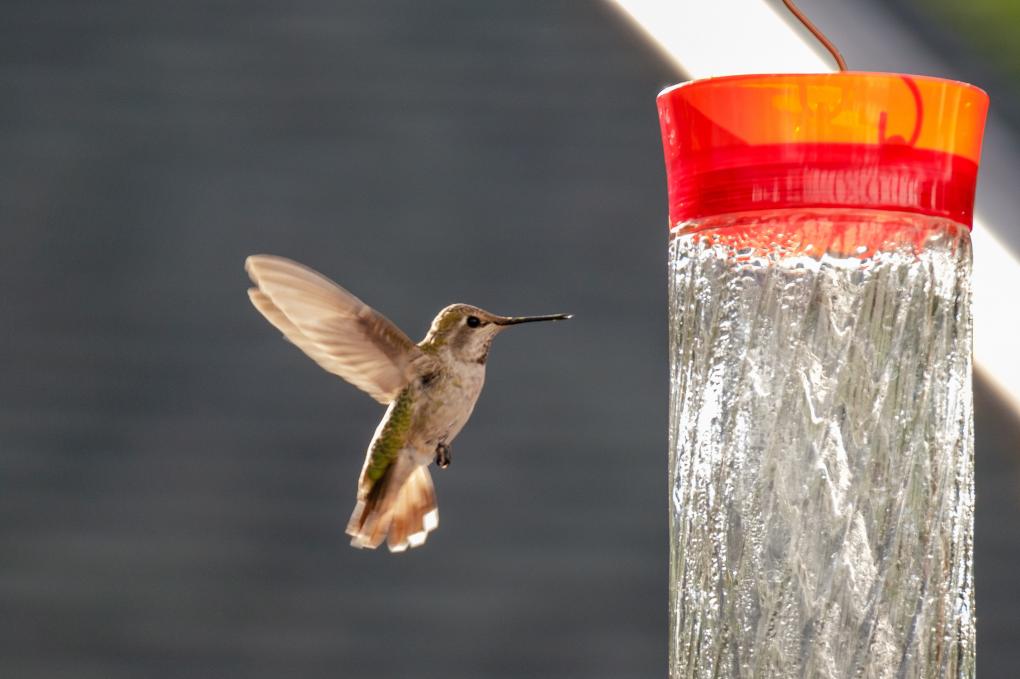
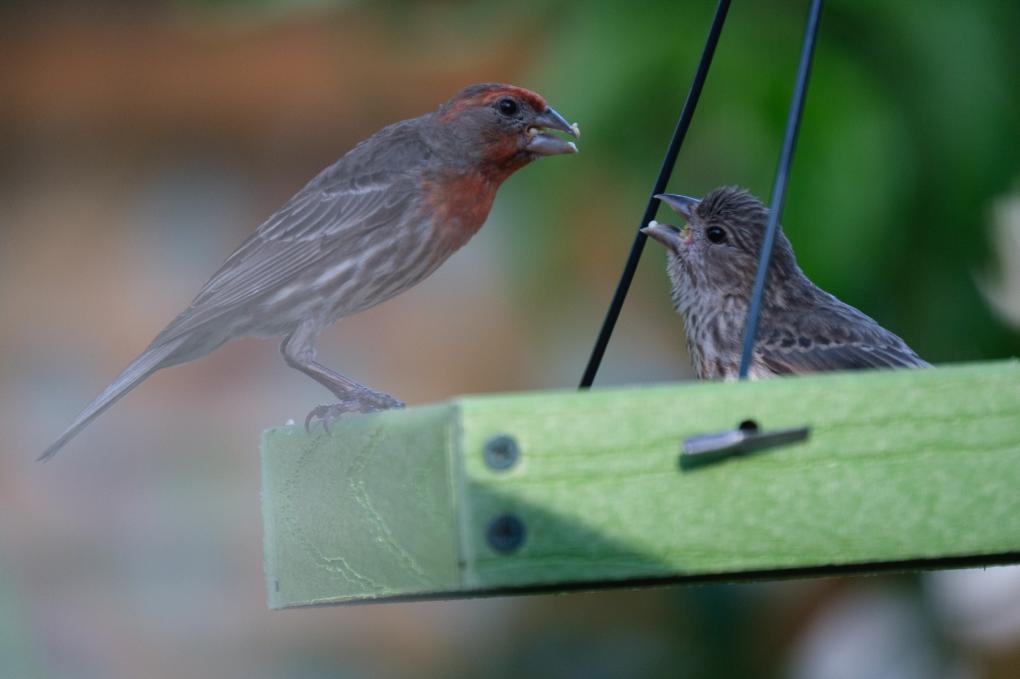

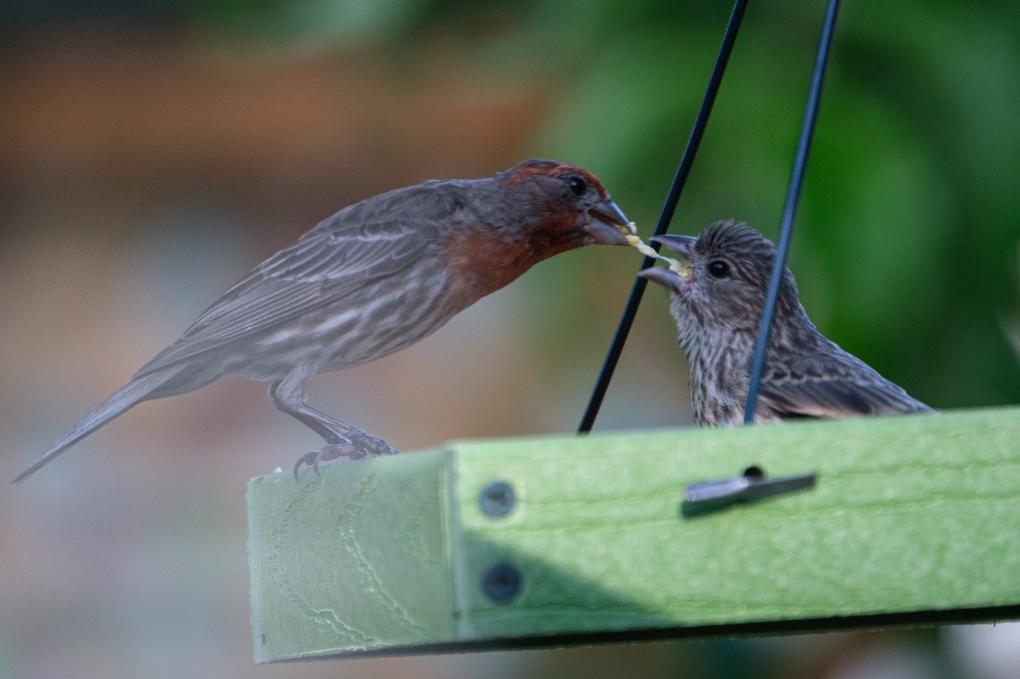 Hi Betsy. Here is a little sequence for you. The feeding lasted about 15 seconds and the dad gave a little bit of mushy seeds to the juvenile about 7 times. Looking closely at my photos and then doing more research it seems that he regurgitates in between.
Hi Betsy. Here is a little sequence for you. The feeding lasted about 15 seconds and the dad gave a little bit of mushy seeds to the juvenile about 7 times. Looking closely at my photos and then doing more research it seems that he regurgitates in between.